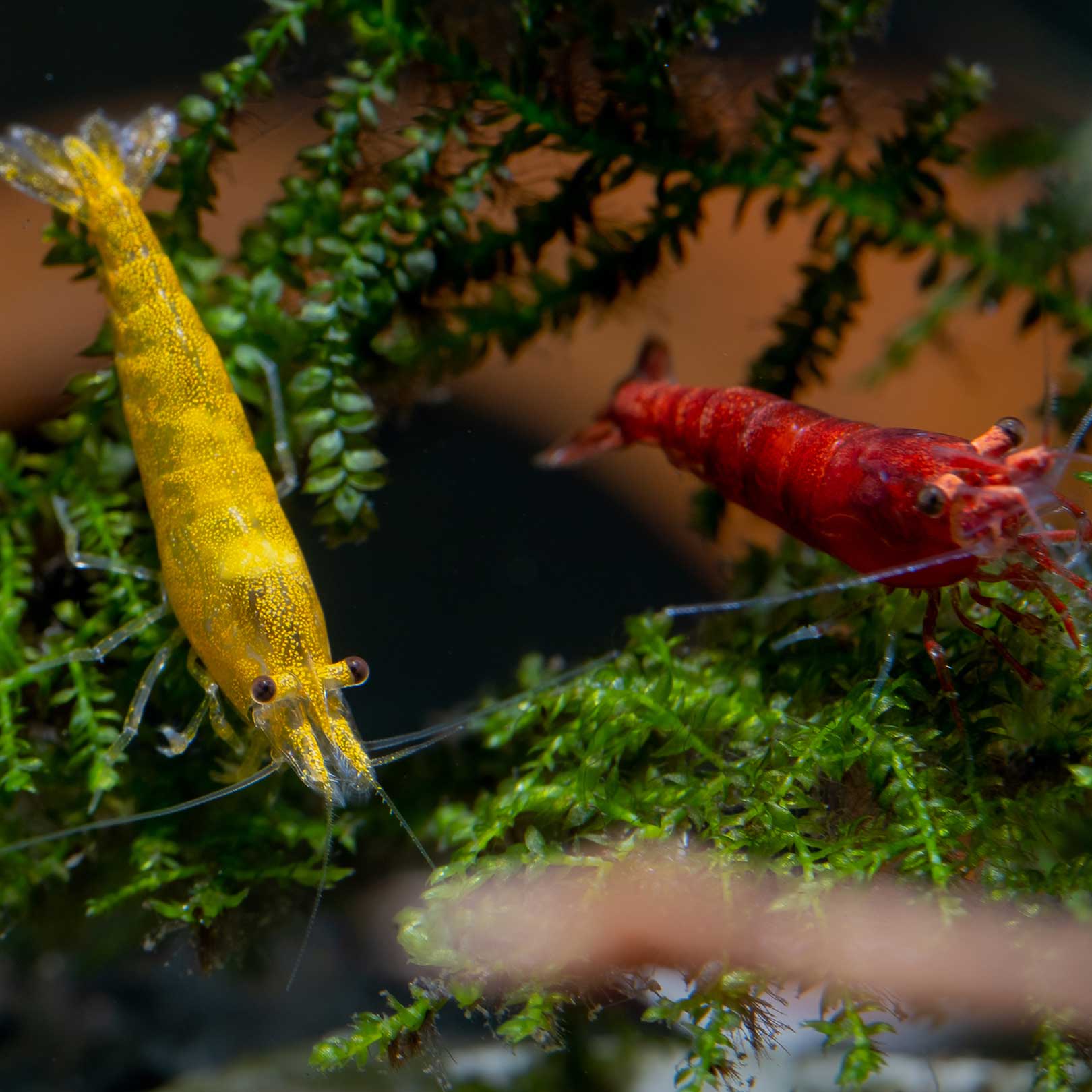Why is My Red Cherry Shrimp Dying? Understanding and Preventing Common Causes
Red cherry shrimp are popular among aquarium enthusiasts for their vibrant color and ease of care. However, even experienced hobbyists sometimes face the disheartening issue of shrimp dying unexpectedly. Understanding the underlying causes and taking preventative measures can help ensure the health and longevity of your red cherry shrimp. Here are some common reasons why your shrimp might be dying and what you can do to address them.
Water Quality
- Ammonia and Nitrite Levels: Even small amounts of ammonia or nitrite can be lethal to shrimp. Ensure these levels are zero.
- Nitrate Levels: High nitrate levels (above 20 ppm) can stress shrimp and lead to death. Regular water changes can help keep nitrates low.
- pH Levels: Red cherry shrimp thrive in a pH range of 6.5-7.5. Extreme pH levels can cause stress and death.
- Temperature: These shrimp prefer temperatures between 72-78°F (22-25°C). Extreme temperatures can be harmful.
Water Parameters
- Hardness: Both general hardness (GH) and carbonate hardness (KH) should be within the recommended range. GH should be between 4-8 dGH, and KH between 3-8 dKH.
- Chlorine and Chloramine: Tap water treated with chlorine or chloramine can kill shrimp. Always use a water conditioner to neutralize these chemicals.

Copper and Other Metals
- Shrimp are extremely sensitive to copper, which can be found in some fish medications and even tap water. Check for any sources of copper and remove them.
Food and Nutrition
- Overfeeding: Overfeeding can lead to water quality issues due to uneaten food decomposing.
- Underfeeding: Ensure shrimp are getting enough food. A varied diet that includes algae, biofilm, and specialized shrimp food is ideal.
Tank Mates
- Aggressive Fish: Some fish may harass or eat shrimp. Ensure tank mates are shrimp-friendly.
- Other Shrimp Species: Some shrimp species may outcompete or harm red cherry shrimp.
Disease
- Bacterial and Fungal Infections: Symptoms include unusual behavior, discoloration, and visible growths. Treat infections promptly with appropriate medications.
- Parasites: External and internal parasites can cause severe issues. Look for signs like lethargy, unusual spots, or poor appetite.
Acclimation Stress
- Improper acclimation when introducing shrimp to a new tank can cause shock and death. Use a drip acclimation method to slowly introduce them to the new water parameters.
Old Age
- Red cherry shrimp have a lifespan of 1-2 years. If they are nearing the end of their natural lifespan, they may die of old age.
Solutions and Preventative Measures
- Regular Testing: Use test kits to regularly monitor water parameters.
- Consistent Maintenance: Perform regular water changes and tank maintenance.
- Acclimation Procedures: Use proper acclimation techniques when introducing new shrimp.
- Avoid Chemicals: Be cautious with fertilizers, medications, and water conditioners that might contain harmful substances.
By addressing these factors, you can create a healthy environment for your red cherry shrimp and reduce the likelihood of them dying prematurely.
